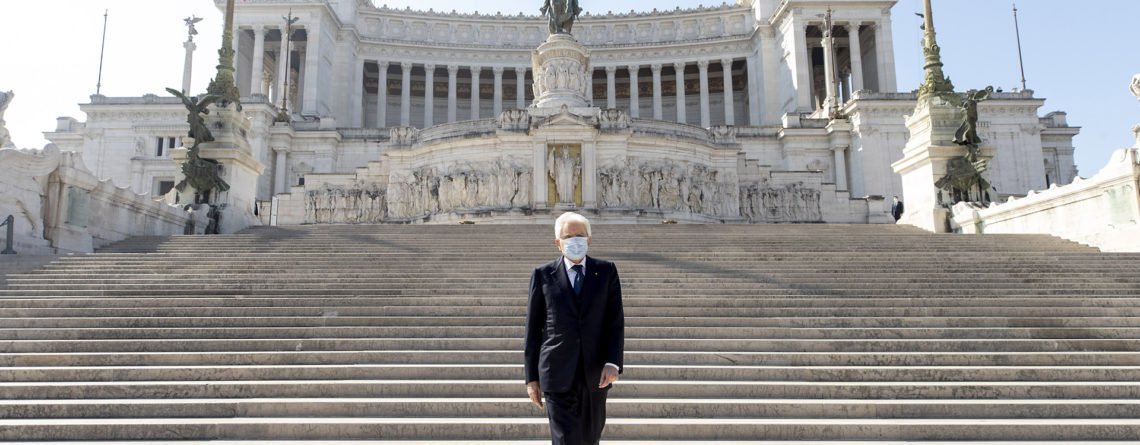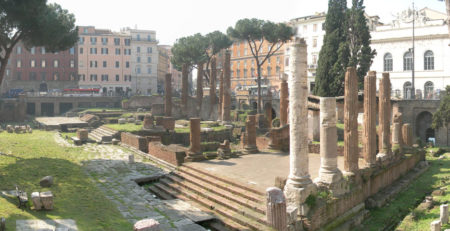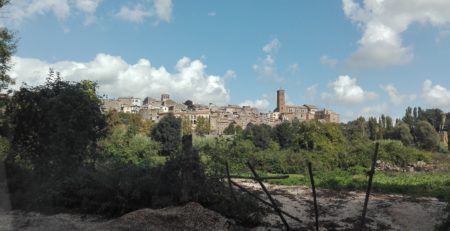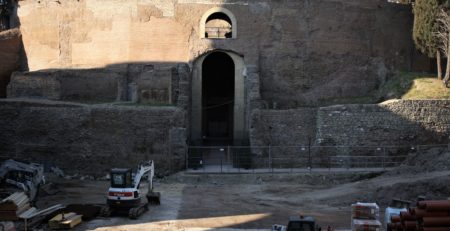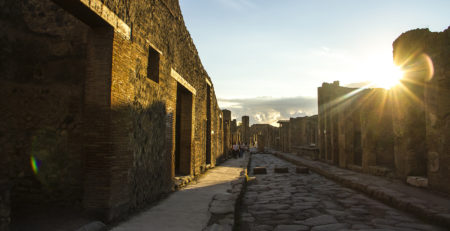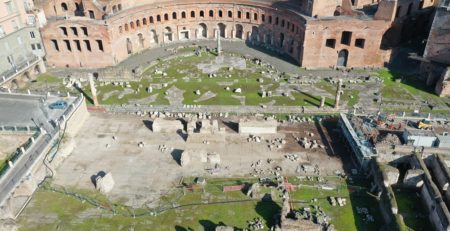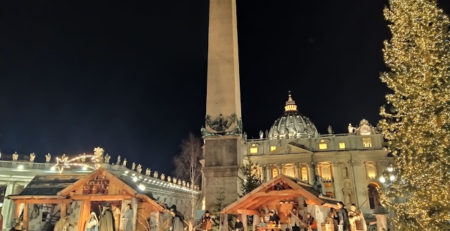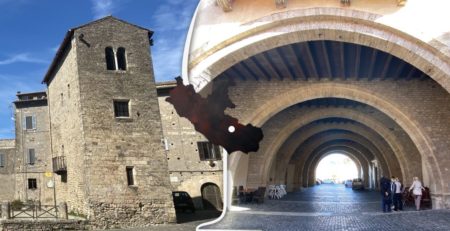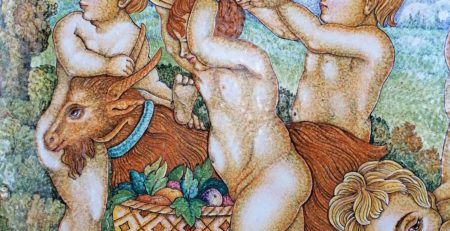Part 2 of 3 Bella Ciao: Italy’s Liberation Day & The Unification of a Republic
On April 25th, hundreds of thousands of Italians sang from their balconies the popular anthem Bella Ciao in honor of Italy’s Liberation Day from the Nazi party. Many believe that the song was the anthem of the struggle of the Italian Partigiani resistance fighters against Nazism and fascism. In reality, scholars and historians have reexamined this popular myth and found that Bella Ciao became the anthem of the Resistance twenty years after the end of World War II.
So, what are the origins and why has this song stuck in the souls of the Italian people?
Its diffusion during the partisan struggle was minimal, known by some combat units from Reggio Emilia and Modena, in the legendary Brigade Maiella and in other partisan groups of the Langhe, but it was not the symbolic song of resistance. The song has been erroneously credited to the women working in the Padan rice fields as a protest to harsh labor conditions. However, many versions of Bella Ciao similar and antecedent to the partisan version Bella Ciao, have emerged since the late 20th century.
The complicated origins of the song are traced to the written version of Bella Ciao delle Mondine from 1906. The Bella Ciao song we know today was also influenced by: the text of the song by Fior di tomba, the music and iteration structure of an infantile song spread throughout North Italy, La me nòna l’è vechierella, and another possible influence is of a 16th c. French ballad which, became popular in Piedmont as Là daré ‘d cola montagna, as well as the Trentino version with the title “The Flower of Teresina” and the Venetian version with the title “This Morning I Got Up.” Finally, the partisan party adopted the folk song whose author remains unknown. Bella Ciao was then sung, translated and popularized all over the world during the first World Festival of Democratic Youth held in Prague in the summer of 1947, where young Emilian partisans participated in the singing festival “World Songs for Youth and Peace” and they introduced the typical rhythmic clapping.
Historians of the Italian song, Antonio Virgilio Savona and Michele Straniero, say that Bella Ciao was little sung during the partisan war and was widespread in the immediate post-war period. The well-known journalist and former partisan Giorgio Bocca also publicly stated:
“Beautiful hello … song of the Resistance, and Youth … song of the fascist twenty years … Neither one nor the other given by the partisans or by the fascists, one borrowed from a Dalmatian song, the other from the Tuscan goliardia and over the years become official in terms of anti-fascist Italy and that of the Mussolini regime… In the twenty months of the partisan war I never heard Bella ciao singing, it was an invention of the Spoleto Festival” (Morrone 2018, 16).
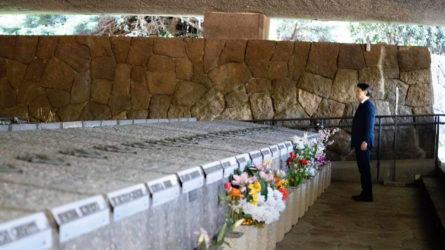
Generally, on April 25th, Italians celebrate their liberation with fireworks, parades and spending the day with those close. So, on this past April 25th in 2020 during the heat of the Covid-19 pandemic where celebrations were suspended and streets empty, Italy sang its heart out of one of the spirited songs we have today.
In part three, we’ll look at the Unification of the Republic.
Bella Ciao
«Stamattina mi sono alzato,
o bella ciao, bella ciao, bella ciao ciao ciao!
Stamattina mi sono alzato
e ho trovato l’invasor.
O partigiano portami via,
o bella ciao, bella ciao, bella ciao ciao ciao
o partigiano portami via
che mi sento di morir.
E se io muoio da partigiano,
o bella ciao, bella ciao, bella ciao ciao ciao,
e se io muoio da partigiano
tu mi devi seppellir.
Seppellire lassù in montagna,
o bella ciao, bella ciao, bella ciao ciao ciao,
seppellire lassù in montagna
sotto l’ombra di un bel fior.
E le genti che passeranno,
o bella ciao, bella ciao, bella ciao ciao ciao,
e le genti che passeranno
mi diranno «che bel fior.»
Questo è il fiore del partigiano,
o bella ciao, bella ciao, bella ciao ciao ciao,
questo è il fiore del partigiano
morto per la libertà»
English Translation:
One morning I woke up
goodbye my Beautiful, goodbye my Beautiful, goodbye my Beautiful, goodbye
one morning I woke up
and I found the invader.
Oh partisan take me away
goodbye my Beautiful, goodbye my Beautiful, goodbye my Beautiful, goodbye
oh partisan take me away
that I’m feeling like dying
And if I die as a partisan
goodbye my Beautiful, goodbye my Beautiful, goodbye my Beautiful, goodbye
and if I die as a partisan
you must bury me
You will bury me over there, on the mountain
goodbye my Beautiful, goodbye my Beautiful, goodbye my Beautiful, goodbye
you will bury me over there on the mountain
under the shadow of a wonderful flower
And all the people passing by
goodbye my Beautiful, goodbye my Beautiful, goodbye my Beautiful, goodbye
and all the people passing by
will say “what a wonderful flower!”
And this is the flower of the partisan
goodbye my Beautiful, goodbye my Beautiful, goodbye my Beautiful, goodbye
dead for our freedom
and this is the flower of the partisan
dead for our freedom
Source: Luigi Morrone, The true story of Bella Ciao, which has never been sung in the Resistance, “Our History”, Corriere della Sera, 10 July 2018 [16].

